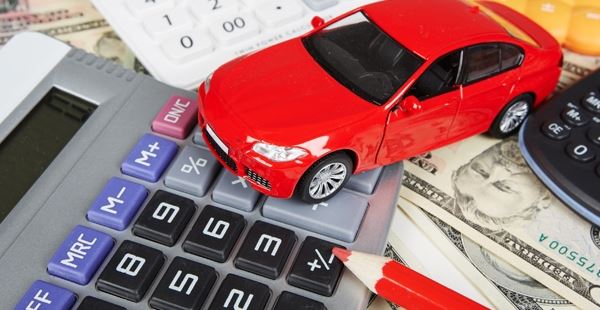If you’re behind on your car loan payments, you may be fearful of having your car repossessed, and understandably so. Repossession can be scary. Not having a car to get to work or make trips to the grocery store can make life extremely difficult. The best thing is to avoid repossession altogether. Here are some tips to help keep your car loan out of default.
Make Late Payments
Being late on a car loan payment doesn’t necessarily mean you are in default. Some lenders will allow you to be a number of days late before demanding repossession, and most will send you a letter telling you that you are in default before any action is taken.
If you have not received any such letter, ask your lender if they’ll allow for a grace period. Your loan agreement should outline how to bring your loan current, and any additional fees you may have to pay.
Remember, continually making late payments will put you at greater risk of defaulting on your loan. Creditors could choose to stop accepting these payments at any time, potentially resulting in the repossession of your car.
Reinstatement Your Loan
Reinstating your loan means making your loan current with one lump sum payment. The sum should cover all past due payments, application fees, and late charges. You may be able to reinstate your loan even after your car has been repossessed. But receiving a reinstatement is not a guarantee.
You can check your loan agreement to see if reinstatement is allowed. Some states even have laws requiring creditors to permit reinstatement.
Reinstatement is usually a one-time deal, so be prepared to make future loan payments on time.
Refinance
Your current lender may be willing to refinance your loan for a longer-term. If not, you also have the option of going to another lender. Through refinancing, you may be able to get your monthly payment amounts reduced, but you may see an increase in the interest rate, have to make an upfront payment, or face extra costs in penalties and fees.
You also have to keep in mind that cars depreciate in value fairly quickly. It may not be worth refinancing a car that is over 5 years old.
Bankruptcy
Bankruptcy may seem like a drastic option, but it can give you some much-needed relief. Before declaring bankruptcy, however, you need to seriously consider your overall financial standing and meet with a bankruptcy attorney.
The two different types of consumer bankruptcy petitions that you can file are Chapter 7 and Chapter 13. The type of bankruptcy you choose to file will have a different impact on your loan.
If Repossession Can’t Be Avoided
If your car is repossessed or if repossession doesn’t seem like it can be avoided, you still may have a few options.
Sell Your Car
You may be able to negotiate a deal with your creditor that would allow you to sell your car and pay off your debt with the money earned from the sale. Once a car is repossessed, creditors will usually sell it at a public auction. This takes time and money and is not ideal for the creditor, so if you can negotiate a better solution they may take you up on it.
Surrender Your Car
You may want to consider surrendering your car if you don’t think you can avoid a default and already have an exorbitant amount of late fees. Creditors will sometimes waive fees or reduce the deficiency when you freely give up your car, as it saves them the hassle of repossessing your vehicle.
You should only surrender your vehicle once an agreement has been made between you and your creditor in writing. This will solidify the agreement between you and your creditor and prevent future disputes.
We understand that these options are not ideal, but they will save you a lot of hassle. Just know that you don’t have to go through it alone.


